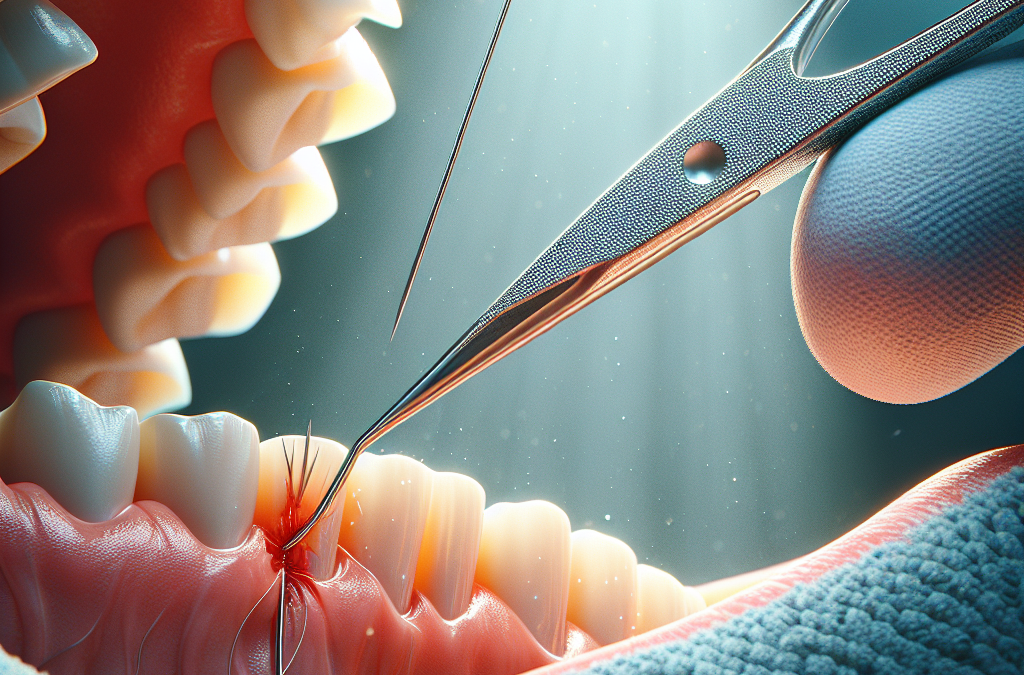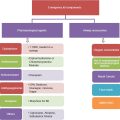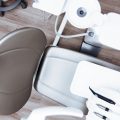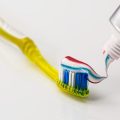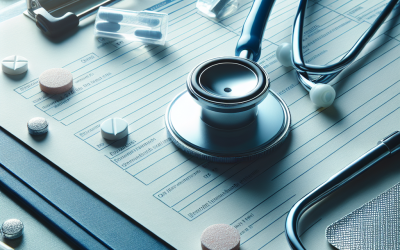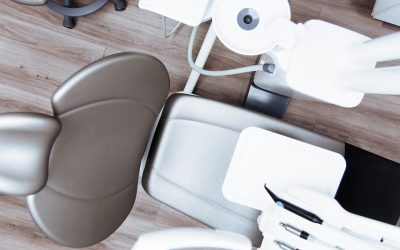Imagine this scenario: you’re enjoying a meal when suddenly, you accidentally bite into something hard and sharp, resulting in a painful gum injury or laceration. In that moment of panic and discomfort, you may be wondering how exactly dental professionals tackle such emergencies. Well, fret no more. This article will enlighten you on the different treatments and procedures used to address gum injuries or lacerations in emergency situations. So, let’s dive in and discover the best course of action when it comes to your dental mishaps.
Initial assessment
When faced with a gum injury or laceration, the first step is to conduct an initial assessment to determine the cause and evaluate the extent of the injury. This is crucial in order to provide appropriate treatment. Taking the time to carefully inspect the area will allow you to identify any underlying factors that may have contributed to the injury, such as rough brushing or accidental trauma.
Controlling bleeding
One of the primary concerns when dealing with a gum injury is controlling bleeding. To achieve this, it is important to apply direct pressure on the injured area. This can be done by using clean gauze or a cloth and applying firm, steady pressure. The pressure helps to promote clotting and reduces the flow of blood from the wound. If available, utilizing a sterile saline solution to rinse the mouth can also aid in controlling bleeding.
Cleaning the wound
Properly cleaning the wound is essential to prevent infection and promote healing. Start by removing any debris or foreign objects from the wound. Gently rinse the mouth with a warm saltwater solution to further clean the area. Saltwater acts as a natural disinfectant and aids in reducing bacterial growth. Remember to be gentle to avoid causing further damage to the injured gum tissue.
Pain management
Gum injuries can be painful, but there are steps you can take to manage the pain. Over-the-counter pain medications, such as acetaminophen or ibuprofen, can be taken according to the recommended dosage to help alleviate discomfort. Additionally, applying a cold compress to the affected area can help reduce pain and swelling. The cold temperature provides numbing relief and constricts blood vessels, reducing inflammation.
Repairing the injury
Depending on the severity of the gum injury, stitches or sutures may be needed to properly close the wound. If dissolvable sutures are suitable for the case, they may be used. These stitches will gradually break down and be absorbed by the body as the wound heals. In other instances, non-dissolvable stitches may be required, and they will need to be removed by a healthcare professional after the appropriate healing period. These stitches are typically placed on the gums or inner cheek to ensure proper closure and healing.
Preventing infection
Preventing infection is crucial in the healing process of a gum injury. In some cases, antibiotics may be prescribed by a healthcare professional to combat any potential infection. It is important to follow the prescribed dosage and complete the full course of antibiotics. Additionally, proper oral hygiene instructions should be provided to promote cleanliness. These instructions may include gentle brushing with a soft-bristled toothbrush, using a non-alcoholic mouthwash, and avoiding aggravating the wound by eating rough or irritating foods.
Follow-up care
After initial treatment, it is crucial to schedule a follow-up appointment with a dentist or oral surgeon. This follow-up visit allows for the monitoring of healing progress and addressing any concerns or complications that may arise. It is essential to attend the appointment as scheduled to ensure proper care and assessment.
Complications and potential risks
Like any injury, there are potential risks and complications associated with gum injuries or lacerations. One of the primary risks is infection. Despite proper cleaning and treatment, bacterial growth can occur, leading to an infection in the injured area. Additionally, delayed healing may happen in some cases, prolonging the recovery period. Nerve damage is another potential risk, especially if the injury is deep or involves a sensitive area. This can result in temporary or permanent loss of sensation in the affected area.
Recovery and self-care
To promote effective recovery, it is vital to follow any specific instructions given by the healthcare professional. This may include avoiding certain foods, practicing proper oral hygiene, and taking any prescribed medications as directed. Maintaining good oral hygiene practices, such as regular brushing and flossing, is essential to ensure healing and prevent further complications. It is also important to avoid smoking, consuming alcohol, and eating irritating foods during the healing process, as these can impede the recovery of the gum tissue.
Prevention strategies
While accidents happen, there are certain strategies that can help prevent gum injuries or lacerations. When eating, use caution when biting into hard or tough foods to avoid injuring the gums. Avoid using sharp objects, such as toothpicks or pins, in the mouth as they can cause accidental injuries. For individuals who engage in sports or high-risk activities, wearing mouthguards can provide an extra layer of protection for the gums against potential trauma. Lastly, regular dental check-ups are essential to address any potential issues in advance and ensure the overall health and integrity of the gums and oral cavity.
In conclusion, gum injuries or lacerations can be distressing, but with prompt and appropriate treatment, they can be effectively managed. By following the steps outlined in this article, including initial assessment, controlling bleeding, cleaning the wound, pain management, repairing the injury, preventing infection, and practicing proper self-care and prevention strategies, you can aid in the healing process and ensure a successful recovery. Remember, always consult with a healthcare professional for a proper diagnosis and tailored treatment plan for your specific gum injury.

